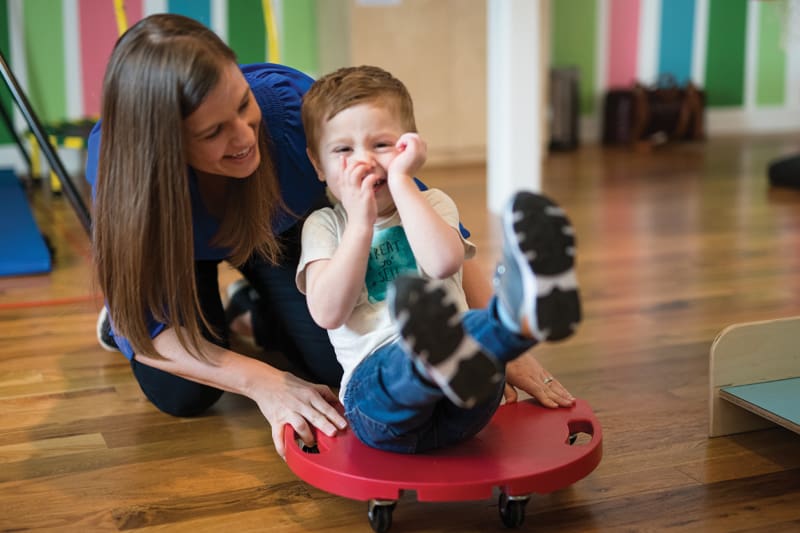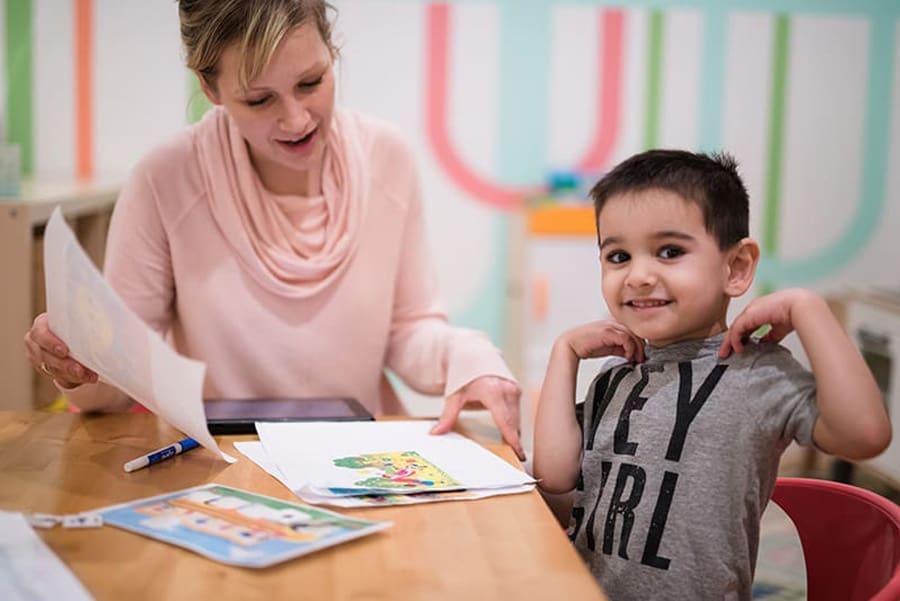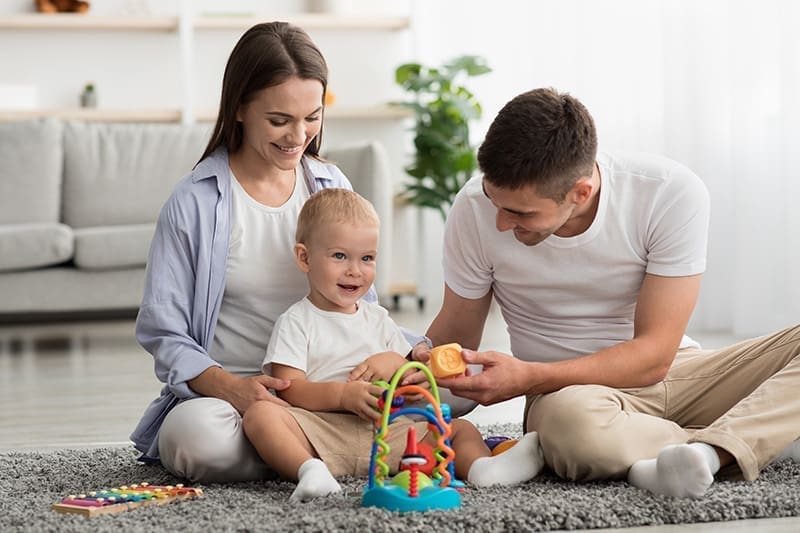Sensory Processing at CST Academy
Balanced Senses. Better Regulation. Brighter Days.

What Is Sensory Processing Therapy?
Sensory Processing refers to how the nervous system receives messages from the senses (like touch, sound, movement, and sight) and turns them into appropriate motor and behavioral responses. For some children, this process is disrupted, making everyday activities overwhelming, distracting, or even distressing.
Through our Occupational Therapy program, CST Academy offers individualized support for sensory challenges—helping children feel more comfortable, confident, and in control. Our therapists use evidence-based techniques, sensory integration strategies, and playful activities tailored to each child’s needs.

Why Choose CST Academy for Sensory Processing Support?
CST Academy provides far more than one-on-one therapy—we create a complete, interdisciplinary support system. Our Occupational Therapists collaborate with ABA, speech, physical, and feeding therapists to ensure that sensory regulation strategies align across every area of your child’s development.
We also keep parents closely involved with regular updates, take-home strategies, and open communication—so your child’s progress doesn’t stop when they leave our doors.
The CST Academy Difference
Helping Your Child Regulate and Thrive

Tactile Processing
Auditory Processing
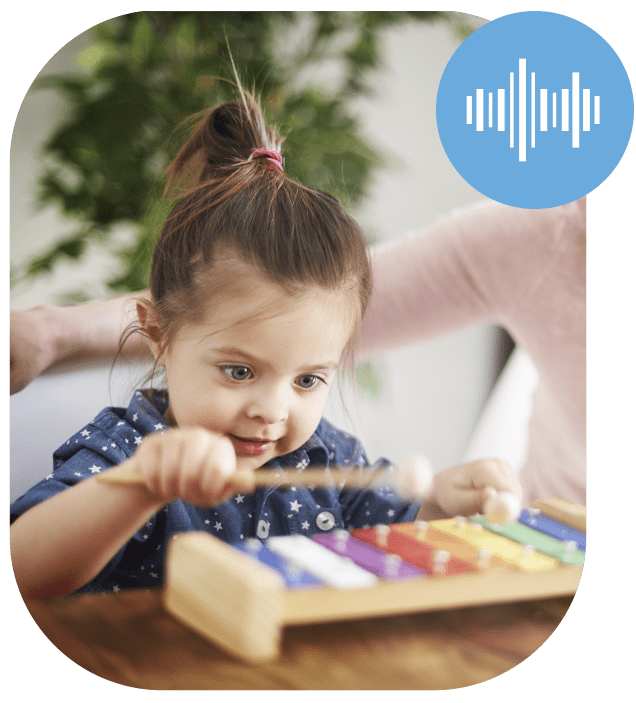
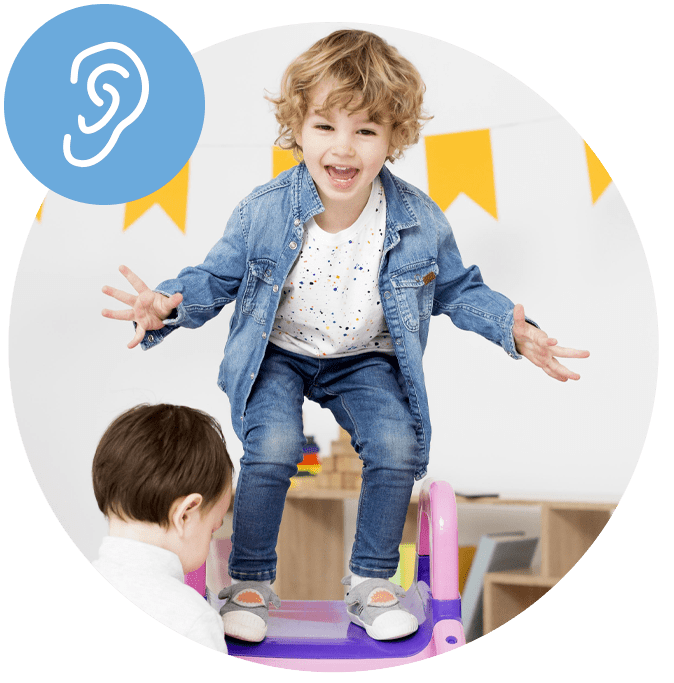
Vestibular Processing
Proprioceptive Processing
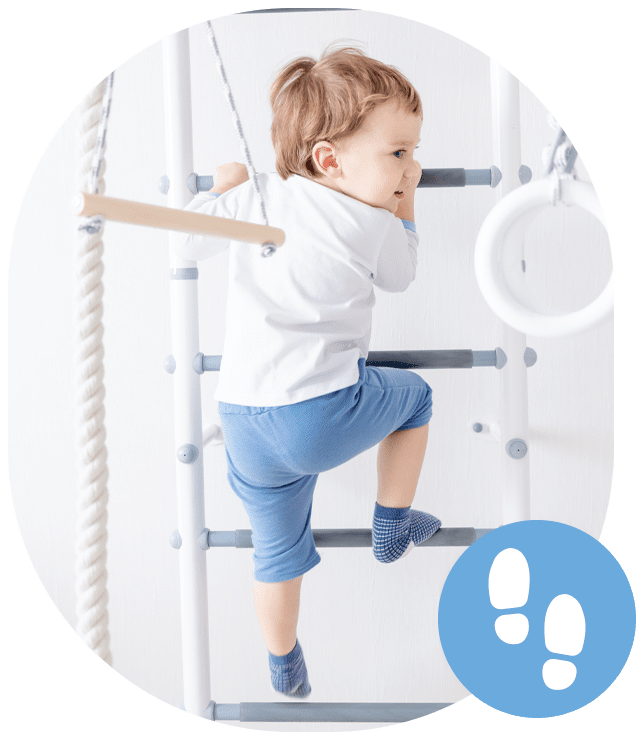
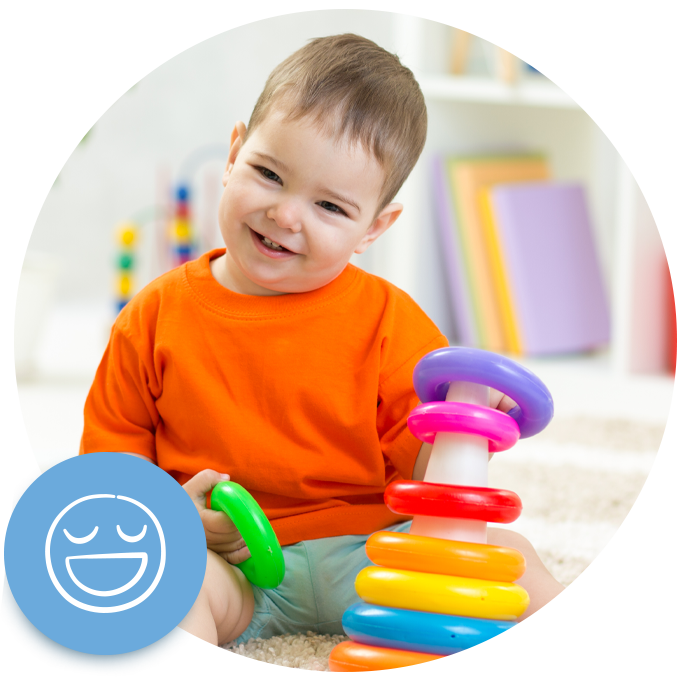
Sensory Modulation
Self-Regulation Strategies
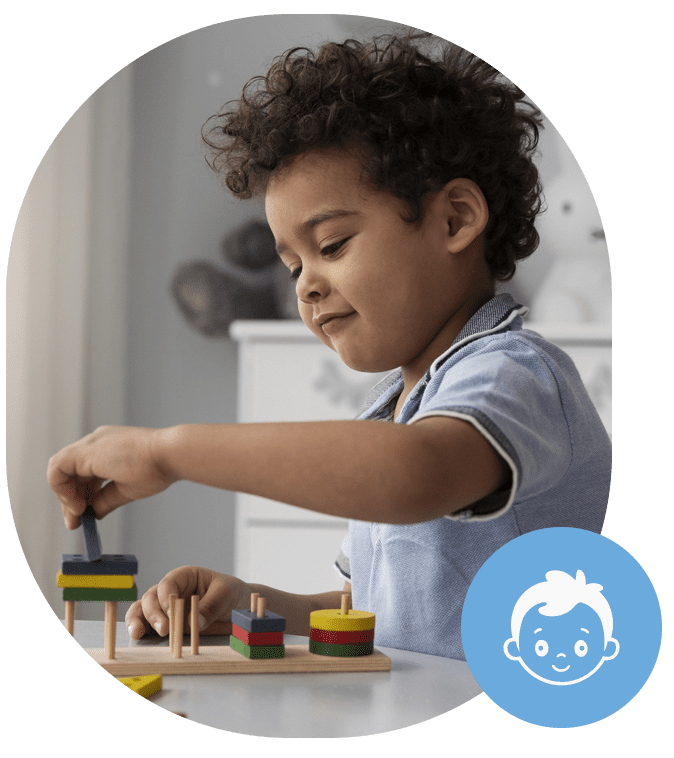
Start Your Journey with CST Academy Today
"*" indicates required fields
When to Consider Sensory Processing Support
Avoids or Overreacts to Touch
Constantly Seeks Movement
Struggles with Loud or Sudden Sounds
Has Trouble Sitting Still or Paying Attention
Meltdowns in Busy or Overwhelming Settings
Avoids Certain Foods, Textures, or Activities
A Place Where Your Child Can Feel Regulated, Safe, and Strong
We create an environment where sensory input isn’t feared—it’s embraced, explored, and managed together. Through structured activities, play-based learning, and thoughtful routines, children build the skills to regulate, participate, and thrive. And with an experienced team walking alongside your family, we make sure every small step forward is celebrated and supported with care.

Real Stories of Sensory Processing Success




